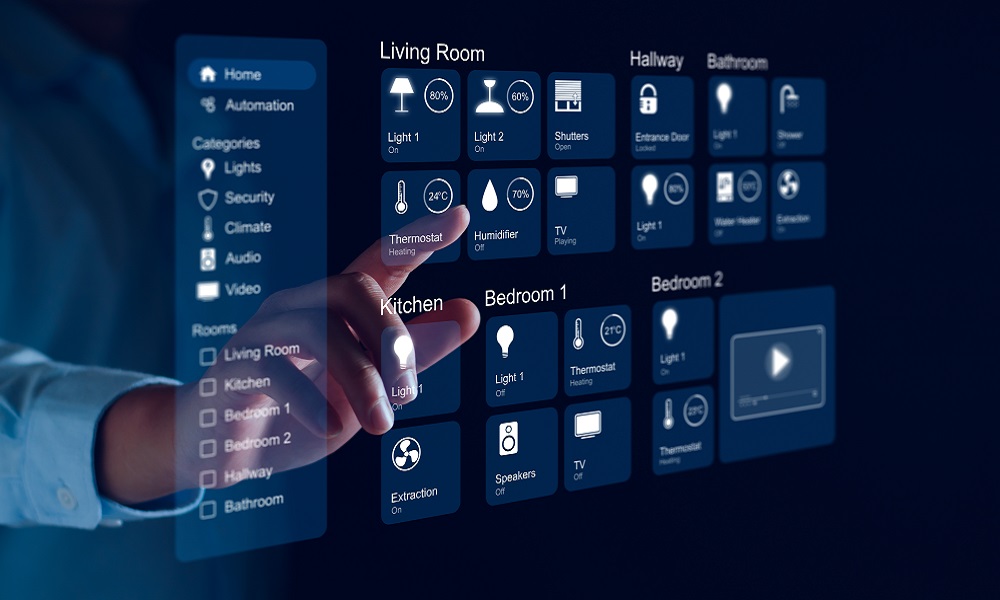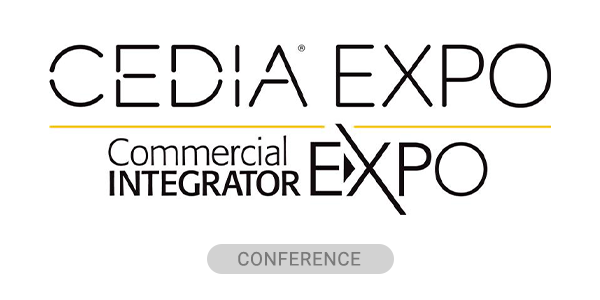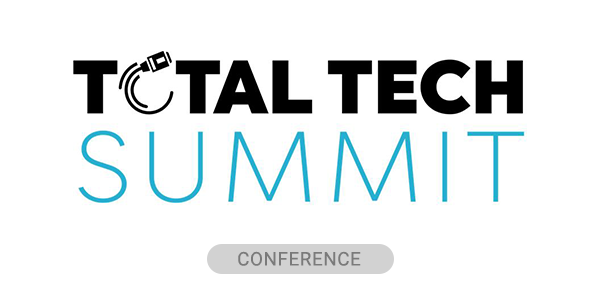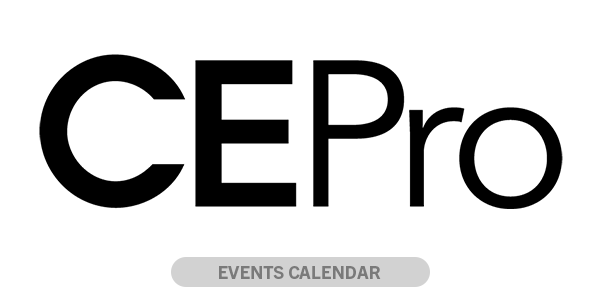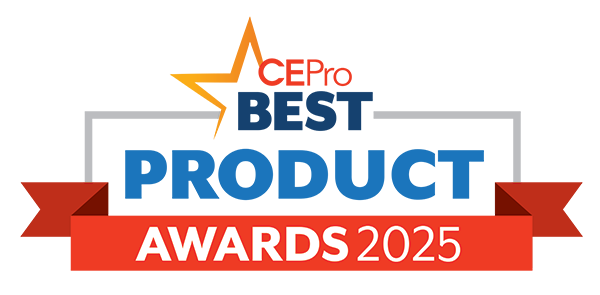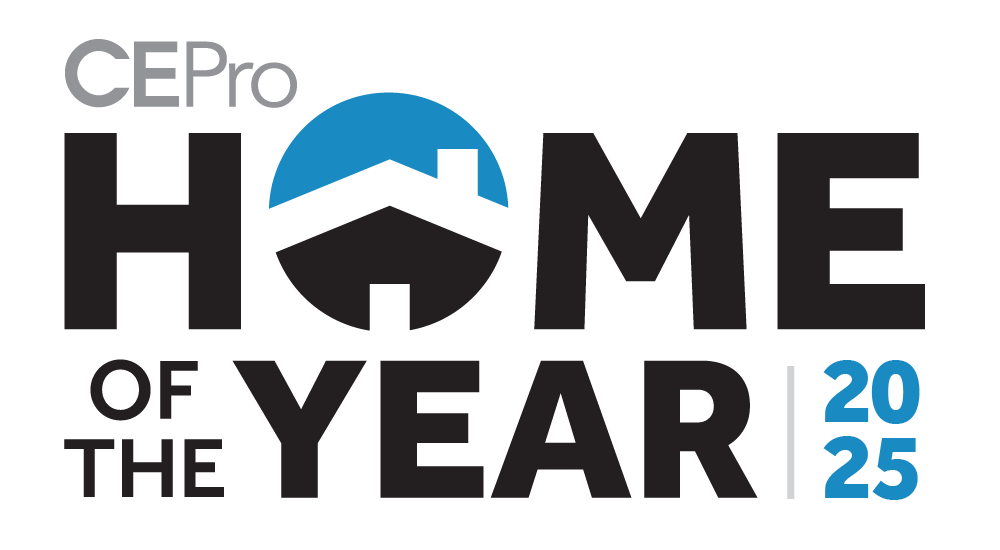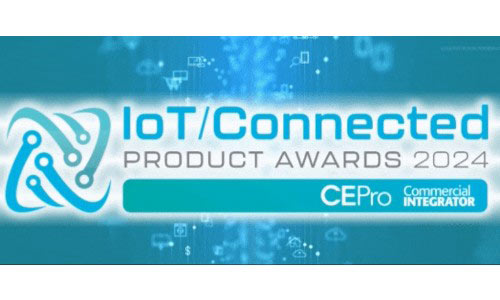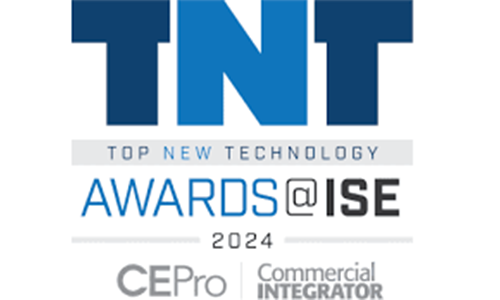New research from IoT analyst firm Berg Insight confirms steady growth for the North American smart home market, signaling significant opportunities for professional installers. As the installed base of whole-home systems continues to climb and AI-driven solutions promise to accelerate adoption, the region is positioned for strong expansion.
North America is on track to reach 90.9 million smart households by 2029, representing nearly 59% of all homes in the region. At the end of 2024, there were 66.7 million smart homes nationwide, achieving a market penetration of 45%. Berg Insight projects this rapid adoption will continue for the next five years.
Top Product Categories Driving North American Smart Home Adoption
The report highlights several core product categories fueling consumer uptake: smart thermostats, lighting, security cameras, door locks, and speakers. These segments represent the backbone of the North American smart home landscape, selling in vast numbers and delivering real value for both installers and homeowners.
Innovation and market momentum continue to flow from these essential categories, offering a variety of features and price points that meet the needs of today’s connected households.
“Smart home product categories that provide tangible benefits and value for households are anticipated to grow faster than segments where the value proposition is weak,” the firm said in the report. “AI is likely to be a transformative technology for the smart home industry with a range of new, valuable solutions for homeowners.”
Whole-Home Control Systems: Core Driver for Installer Revenue
The installed base for whole-home systems in North America hit 64.4 million by the end of 2024, marking a crucial revenue stream for integrators and professional installers. These systems go beyond simple device connectivity, serving as the backbone for delivering seamless scenes, smart scheduling, comprehensive energy orchestration, and true interoperability across lighting, HVAC, AV, security, and access control.
Interactive home security continues to be a primary entry point for North American consumers, while professionally installed automation solutions like Control4, Savant, Crestron, Josh.ai and others anchor the high end of the market with advanced control and integration capabilities.
Installer Takeaways: Where to Find Revenue Growth
For custom integrators, the findings underscore the importance of positioning value-driven technologies at the center of system design and client education. Categories that clearly deliver comfort, security, or savings—such as smart HVAC control, lighting, and surveillance—are likely to remain the strongest entry points for broader home-automation engagements.
The report also validates a continued blend between security and control ecosystems, as interactive monitoring and whole-home platforms converge. Integrators already aligned with security-first providers or with automation ecosystems such as Control4, Crestron, Savant and others are well-positioned to capture homeowners seeking more unified experiences.
Meanwhile, AI-enabled automation, energy management, and predictive maintenance represent emerging opportunities for differentiation. As the firm notes, AI will soon play a major role in how homes anticipate user behavior and optimize comfort or efficiency. For integrators, that means developing fluency in AI-enhanced interfaces, adaptive lighting, and energy-aware automation logic could be key to staying ahead of market expectations.
Finally, the steady rise in European adoption highlights a long-term global normalization of smart home technology. For U.S.-based firms with design-build or manufacturer partnerships abroad, it signals an expanding professional market where experience in complex, whole-home integration will remain in high demand.
